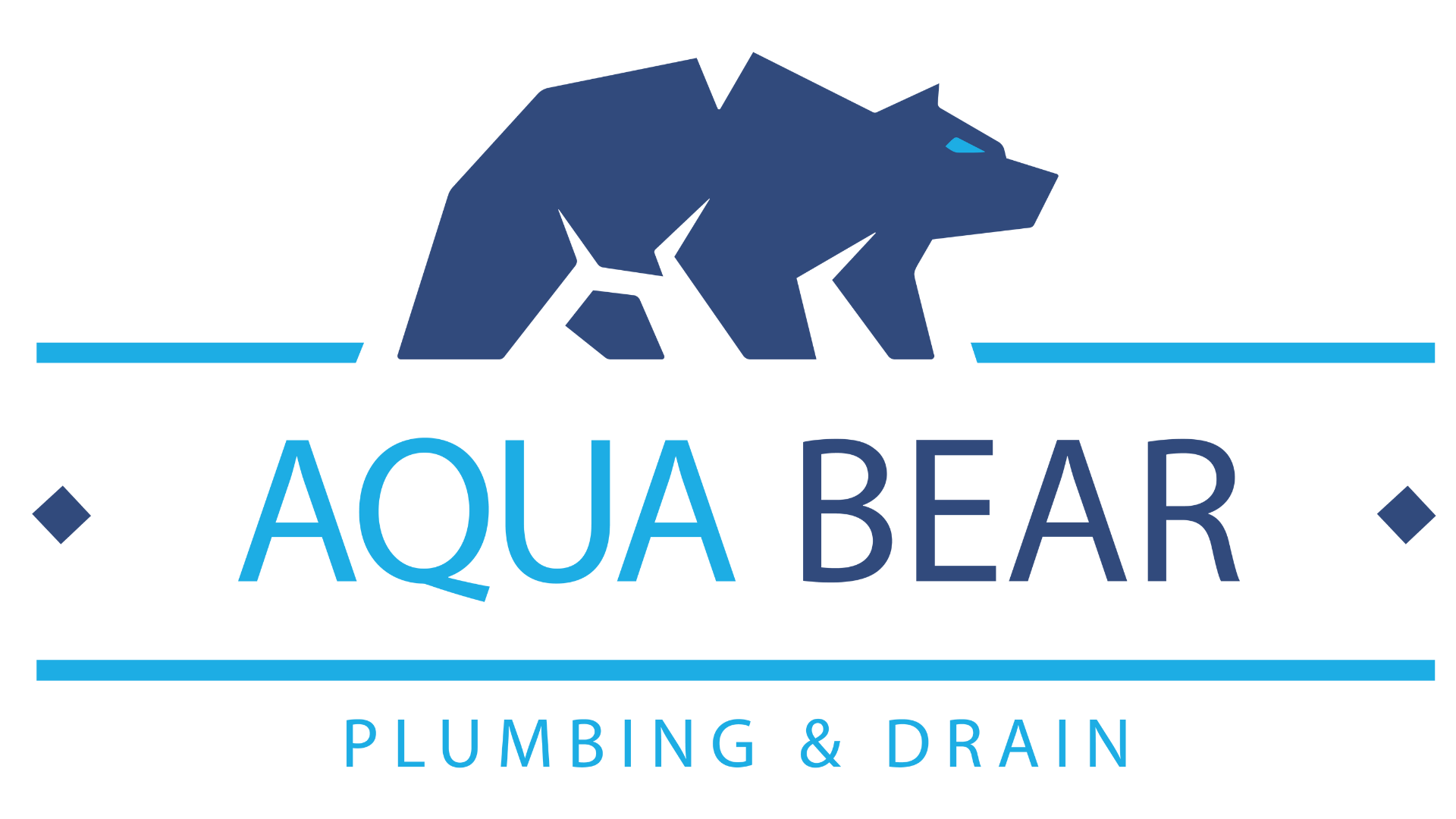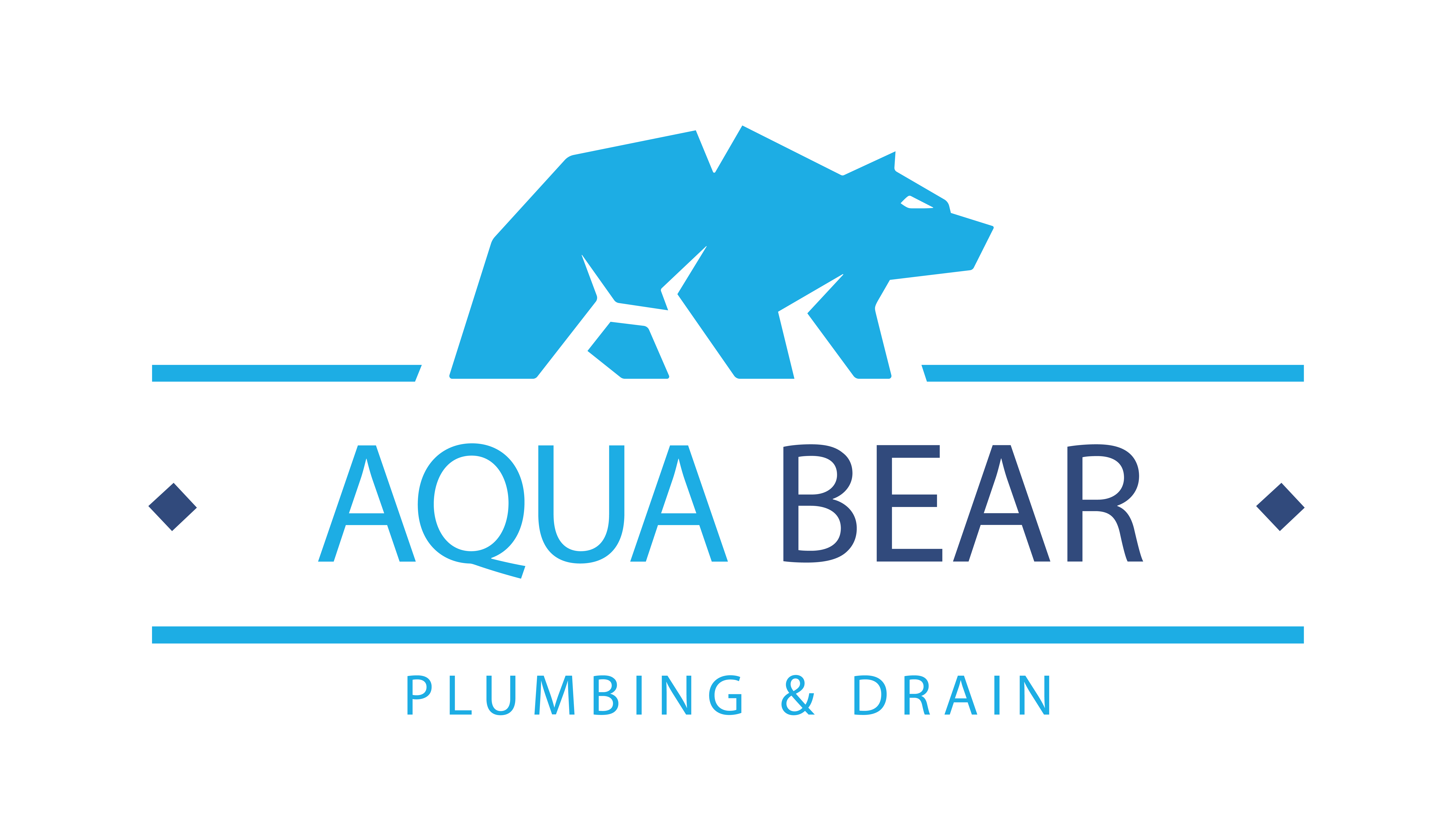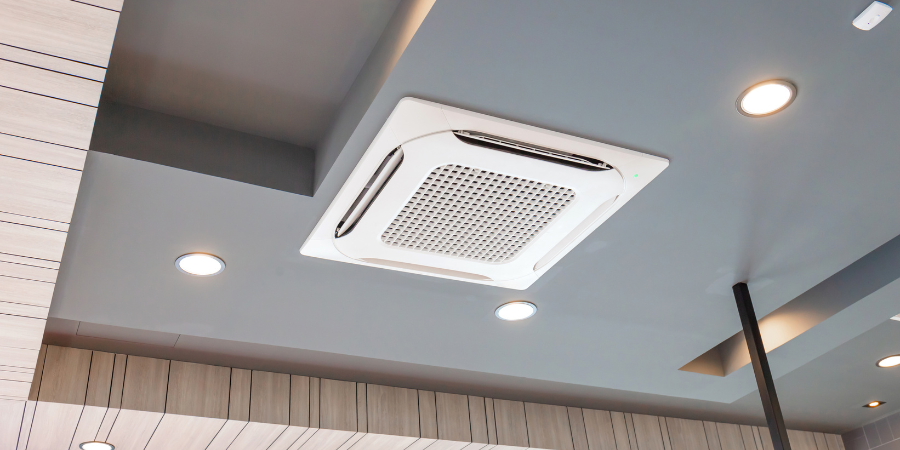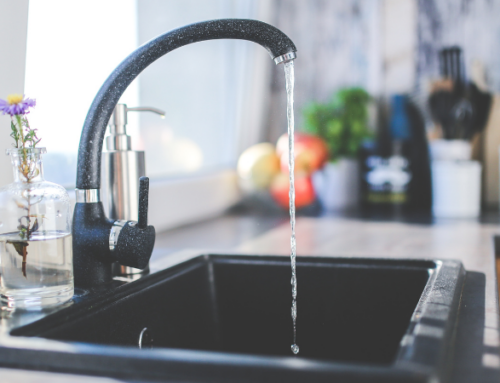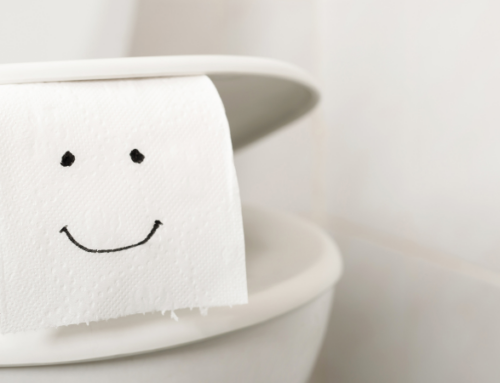Ventilation is a crucial component of any plumbing system, yet it is often overlooked or misunderstood by homeowners. Proper ventilation ensures the safe and efficient operation of your plumbing, preventing various issues that could otherwise compromise your home’s health and safety.
When one is searching for accurate information about ventilation in plumbing systems, one would be wise to consult Aqua Bear Plumbing and Drain. In this article, we will delve into the mechanics of plumbing ventilation, its numerous benefits, common issues that arise when ventilation is inadequate, and maintenance strategies to keep your system functioning optimally. Understanding these aspects will not only help you maintain a healthy plumbing system but also extend its lifespan and save on costly repairs.
What Is Plumbing Ventilation?
Plumbing ventilation is the process of allowing air to enter and exit the plumbing system to maintain proper atmospheric pressure. This is essential for the smooth movement of water and waste through pipes, preventing issues like siphoning and backflow that can disrupt the system’s efficiency.
How It Works
Plumbing vents work by facilitating air movement within the system, equalizing pressure, and ensuring that water and waste can flow freely through the pipes. When water flows through the drains, it creates a vacuum that needs to be balanced by air entering the system through the vents.
Key Components Of A Ventilation System
These systems can be simple structures or complex systems requiring detailed planning and execution. Here are the main parts of a ventilation system.
Vent Pipes
Vent pipes are integral to a plumbing system, providing a pathway for air to enter and exit. They come in various types, including individual vents, common vents, and vent stacks, each serving a specific purpose within the system.
Air Admittance Valves (AAVs)
Air Admittance Valves (AAVs) are mechanical devices used in certain situations where traditional vent pipes are not feasible. They allow air to enter the plumbing system when needed and close to prevent gases from escaping.
Main Vent
The main vent, or vent stack, is a central part of the plumbing system, extending vertically from the drain system to the roof. It serves as the primary pathway for air to enter and exit the system. Main vents are typically used in larger buildings or complex plumbing systems where a central ventilation point is necessary to manage air pressure and gas escape effectively.
Common Vent
A common vent serves multiple fixtures and combines their venting needs into a single pipe. This system is efficient for connecting fixtures that are close together. Common vents are advantageous in reducing the number of vent pipes required, simplifying the system, and saving on materials. However, they must be carefully designed to ensure they meet local plumbing codes and do not compromise ventilation effectiveness.
Island Vent
Island vents are used for plumbing fixtures located on kitchen islands or other isolated areas where traditional venting is challenging. They utilize specialized techniques to ensure proper ventilation. Island vents are ideal for situations where standard venting methods cannot be applied. They ensure that fixtures in these unique locations still receive adequate ventilation.
Benefits Of Proper Ventilation
Proper ventilation is needed to keep a home functioning and its inhabitants safe. Here, we discuss in more depth the advantages of a well-working ventilation system.
Health Risk Elimination
One of the primary benefits of proper plumbing ventilation is the prevention of sewer gas buildup. Sewer gases, which contain harmful substances like methane and hydrogen sulfide, can pose serious health risks if they enter your home and are breathed in. Proper ventilation ensures these gases are safely vented outside.
Odor Control
In addition to health risks, sewer gases can cause unpleasant odors. A well-ventilated plumbing system effectively manages and eliminates these odors, maintaining a fresh and healthy indoor environment.
Avoiding Water Seal Breakage
Proper ventilation prevents the siphoning of water seals in traps, which are crucial for blocking sewer gases. These traps house a small amount of water, which acts as a liquid barrier. Without adequate ventilation, negative pressure can cause these water seals to break, allowing gases to escape into your home.
Maintaining Flow
Ventilation ensures consistent water flow and helps avoid blockages by maintaining balanced pressure throughout the system. This is essential for the efficient operation of sinks, toilets, and other plumbing fixtures.
Reducing Wear And Tear
A well-ventilated plumbing system reduces strain on fixtures by maintaining proper pressure, thereby minimizing the risk of damage and extending their lifespan. High pressure causes stress on plumbing pipes and connections so maintaining a good pressure ensures fewer repairs and replacements over time.
Cost Savings
In the long term, proper ventilation translates to significant cost savings. By preventing issues such as blockages, sewer gas build-up, and fixture damage, you can avoid expensive repairs and maintain a smoothly operating plumbing system.
Common Ventilation Issues And Solutions
From improper installation to blockages, plumbing vents receive their fair share of problems. Professional installation and maintenance of these vents are essential to a plumbing system that works correctly. Here are some common issues associated with ventilation.
Blocked Vents
Blocked vents can be caused by various factors, including debris, ice, or animal nests. We have even seen a stray tennis ball as the culprit! These obstructions can impede airflow, leading to negative pressure and drainage issues.
Signs and Symptoms
Indicators of blocked vents include slow-to-empty drains, gurgling sounds in pipes, and persistent sewer odors that cannot be eliminated with conventional cleaning practices. These signs all suggest that the system is not properly ventilated.
Solutions
Clearing blocked vents typically involves removing obstructions manually or using specialized tools. Regular inspections and maintenance by a professional can help prevent such blockages from occurring.
Improper Vent Installation
Incorrect vent installation can lead to various problems, including inefficient drainage, sewer gas leaks, and system malfunctions. It is crucial that vents are installed according to code and best practices.
Correct Installation Practices
Proper installation practices include ensuring vents are of adequate size, placed correctly, and free from obstructions. Following local plumbing codes and standards is essential to ensure effective ventilation.
Vent Pipe Damage
Vent pipes can be damaged by factors such as corrosion, physical impact, or environmental conditions. Damaged pipes can compromise the entire ventilation system.
Detection
Identifying damaged vent pipes involves inspecting for signs of wear, leaks, or physical damage. Regular inspections can help detect issues early before they escalate.
Repair And Replacement
Repairing or replacing damaged vent pipes involves assessing the extent of the damage and using appropriate materials and techniques to restore proper function. Professional plumbers can ensure repairs are done correctly.
Maintenance Of Ventilation Systems
Regular inspections are crucial to ensuring that the ventilation system remains functional and efficient. This is a plumbing suggestion homeowners may ignore until the problems created become embarrassing or offensive.
Part of maintenance includes cleaning and clearing vents and involves various methods, such as using plumbing snakes, high-pressure air, or chemical cleaners. The chosen method should be appropriate for the type of vent and the nature of the blockage.
Recommended tools for maintaining vent pipes include plumbing augers, inspection cameras, and pipe cleaning solutions. These tools help keep the system clear and functional.
Professional Maintenance Services
Certain situations require professional intervention, such as severe blockages, damaged pipes, or complex venting systems. Professional plumbers have the expertise to handle these issues effectively. The results of a poorly ventilated system can be risky so DIY methods are discouraged.
Hiring professionals for vent system maintenance ensures that the work is done correctly and efficiently. Professionals can also provide valuable advice on maintaining the system and preventing future problems.
Looking For A Professional To Inspect Your Ventilation System?
Proper ventilation is critical to a functional and efficient plumbing system. It prevents sewer gas build-up, ensures efficient drainage, and extends the lifespan of plumbing fixtures. By understanding the basics of plumbing ventilation, its benefits, the types of systems available, and common issues and solutions, homeowners can maintain a healthy and efficient plumbing system.
We at Aqua Bear Plumbing and Drain are eager to discuss your ventilation systems and how they may be diminishing the function of your plumbing system. Regular maintenance and professional services are key to ensuring your plumbing system remains in top condition. Proper ventilation not only protects your health and safety but also offers long-term cost savings and peace of mind.
In conclusion, we encourage homeowners to engage us to inspect and maintain their plumbing ventilation systems. If you have any concerns or need professional assistance, do not hesitate to consult Aqua Bear Plumbing and Drain. Our experienced plumbers are here to help you ensure that your plumbing system is properly ventilated and functioning at its best. Now that is a breath of fresh air!
